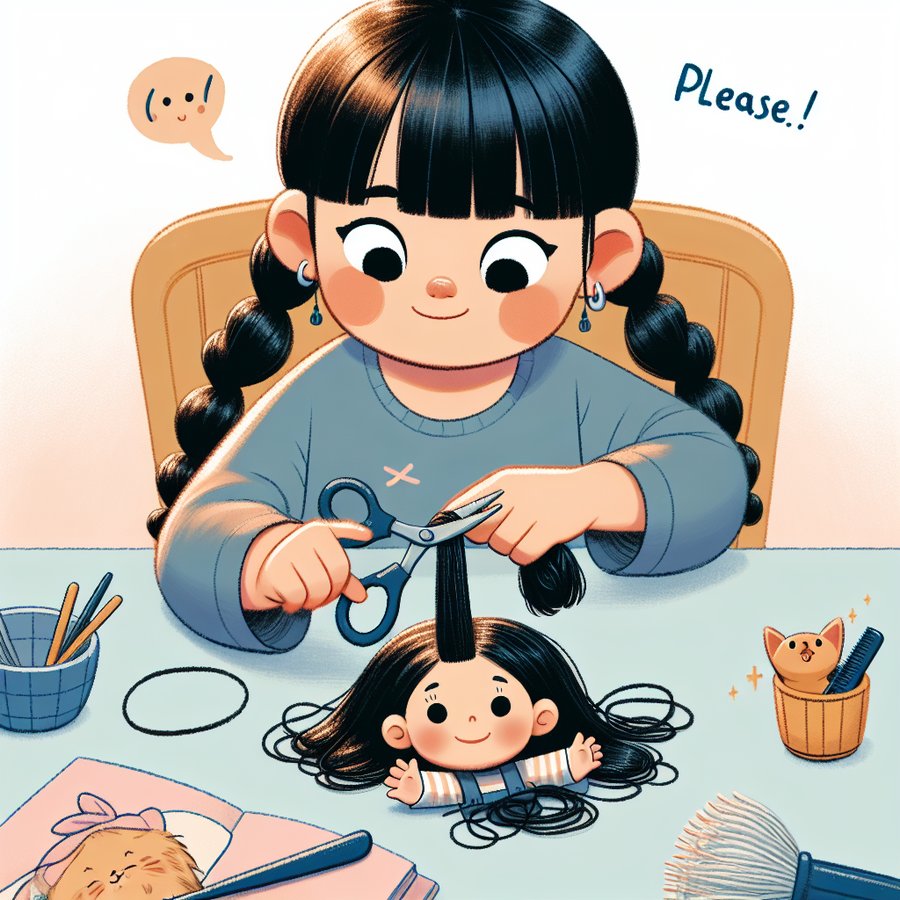Hair Tourniquet Syndrome is a less commonly known condition that can cause significant discomfort and potential harm to infants and toddlers. This condition occurs when a strand of hair becomes tightly wrapped around a part of the baby’s body, such as a finger, toe, or even the genitals, cutting off circulation and causing pain, swelling, and in severe cases, can lead to serious complications. Understanding Hair Tourniquet Syndrome, its symptoms, prevention methods, and treatment options is essential for new parents to ensure the safety and well-being of their child.
What is Hair Tourniquet Syndrome?
Hair Tourniquet Syndrome occurs when a stray hair becomes tightly wound around a body part, often resulting from the shedding hair of the mother or another family member. This can happen during bath time, while the baby is sleeping, or even during regular daily activities. The tightness of the hair can reduce blood flow, leading to pain, swelling, and discoloration of the affected area.
It’s crucial for parents to be vigilant and regularly check their baby’s fingers, toes, and other areas where hairs could easily become entangled. Early detection and intervention can prevent the progression to more severe complications such as tissue damage or infection.
Identifying Symptoms of Hair Tourniquet Syndrome
The primary symptoms of Hair Tourniquet Syndrome include noticeable swelling of the affected area, redness, and the baby expressing discomfort or crying more than usual. In some cases, the hair may be visibly wrapped around the digit or body part, but it can also be too tight or embedded in the skin to see clearly without close inspection.
If you observe any of these symptoms, it’s important to act quickly. Gently unwrapping the hair or using a magnifying glass for better visibility can be helpful. If the hair is too tight or you’re unable to remove it, seek medical attention promptly to avoid any risk of further injury.
Steps to Prevent Hair Tourniquet Syndrome
Prevention of Hair Tourniquet Syndrome starts with maintaining a clean environment for your baby. Regularly washing bedding, clothing, and soft toys can minimize the risk of loose hairs. Parents and caregivers with long hair should consider tying it back to reduce the shedding around the baby.
Additionally, routinely checking your baby’s fingers, toes, and other creases for any entangled hairs, especially after changing clothes or diapers, can go a long way in preventing this condition. Ensuring your baby’s nails are trimmed can also reduce the likelihood of them pulling hair towards themselves.
Treatment Options for Hair Tourniquet Syndrome
If you find a hair tightly wrapped around a part of your baby’s body, attempt to gently unwind and remove it if it’s loosely tied. For hairs that are tightly bound or causing skin indentation, applying a hair removal cream to the affected area can sometimes help dissolve the hair. However, this should be done with caution and potentially under a healthcare provider’s guidance to avoid any skin irritation.
In cases where the hair cannot be safely removed at home or if there are signs of infection or compromised blood flow, immediate medical attention is necessary. Healthcare professionals can carefully remove the hair and provide any necessary treatment to prevent infection and promote healing.
For more information on how to handle potential complications from common baby conditions, consider reading about eczema, diaper rash, and cradle cap. Each of these articles provides valuable advice for new parents navigating through the early stages of parenthood.
Understanding Hair Tourniquet Syndrome and how to effectively manage it is essential for the health and safety of your baby. By staying informed and attentive, parents can significantly reduce the risk of this condition and ensure their child’s well-being. Remember, when it comes to any concerns regarding your baby’s health, it’s always best to consult with a healthcare professional for advice and treatment options.













